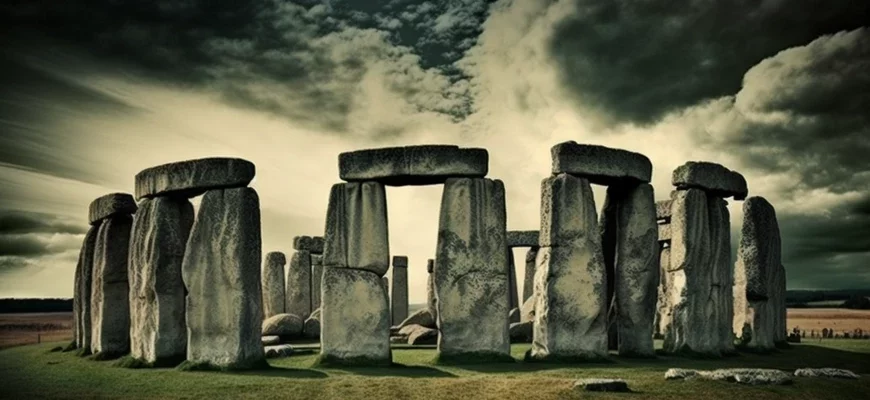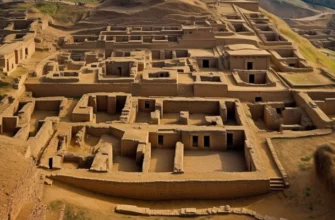Stonehenge is an ancient monument in England that has fascinated researchers for centuries. There are various theories about its origin, but research shows that Stonehenge was built by an unknown ancient civilization that had impressive knowledge of astronomy and engineering. It remains a mystery how this civilization was able to create such a monumental structure, which remains recognized as a world wonder of architecture.
The history of the discovery of Stonehenge
The history of the discovery of Stonehenge began in the 12th century, when the traveler Geoffrey of Monmouth mentioned strange stone structures east of Salisbury. However, Stonehenge only gained widespread popularity in the 17th and 18th centuries, when the first scientific studies began to appear. In the 20th century, significant archaeological excavations were carried out, allowing for a more detailed study of this ancient structure and its history. Today, Stonehenge remains a subject of research for archaeologists and historians, and its mysteries continue to attract interest among the general public.
The architecture of Stonehenge
The architecture of Stonehenge consists of stone blocks weighing between 25 and 50 tons each and attracts attention with its monumentality and precision of execution. The main elements of the structure are four circles of stones that form two ring structures. Most of the stones were brought from distant quarries, which testifies to the impressive organizational and engineering components of the construction. Today, the architecture of Stonehenge is one of the most amazing architectural achievements studied by architects and engineers from around the world.
Research and debate about the creation of Stonehenge
The creation of Stonehenge remains a subject of debate among scientists and historians. There are several hypotheses about who built this ancient structure and why. Some researchers believe that Stonehenge was created as an astronomical calendar to track various astronomical phenomena, such as solstices and equinoxes. Other scientists believe that Stonehenge was used for religious rituals and ceremonies. There are also theories that Stonehenge was built as a place for healing and restoration of health.
Research on Stonehenge continues to this day, using the latest technologies and methods of archaeological research. The debate about its creation continues, but despite this, Stonehenge remains one of the most mysterious and fascinating places on Earth.
Theories about ancient civilizations that could have built Stonehenge
There are several theories about ancient civilizations that could have built Stonehenge. One of them suggests that Stonehenge was created by the Celtic civilization that inhabited Britain at that time. Another theory suggests that Stonehenge was built by the Saxons who migrated to Britain from Germany. There are also theories that Stonehenge was built by the Phoenicians, Vikings, or other ancient peoples.
However, despite all these theories, the exact identity of who built Stonehenge remains a mystery. It also remains unknown how the ancient builders of Stonehenge managed to create such a complex and monumental structure without the use of modern tools and technology.
The conclusion that Stonehenge was built by an unknown ancient civilization can be drawn based on numerous archaeological and historical studies. This monumental structure dates back to ancient times when technology and knowledge of construction were significantly less developed than today. Most researchers agree that the construction of Stonehenge was a tremendous achievement for any ancient civilization. However, the exact origin and creation of Stonehenge remain a mystery and continue to generate much debate and theory.








